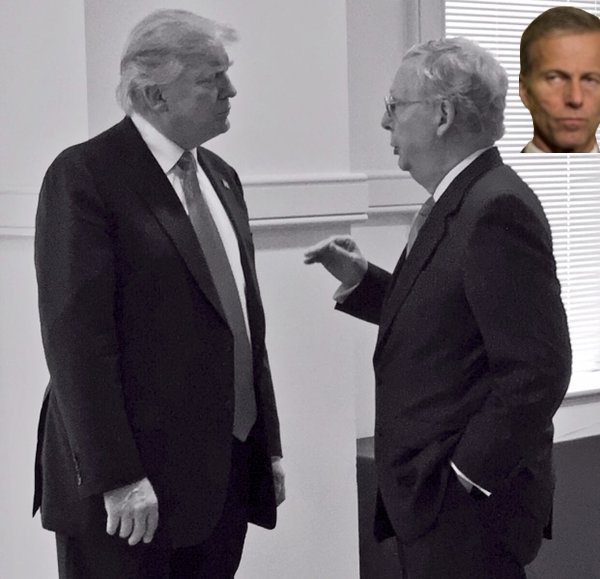


Recess appointments have been a general source of contention for those of us in the deep weeds who did not like Republican Leader Mitch McConnell keeping the upper chamber for four straight years 2018 through 2020, when the Republicans eventually lost their majority.
Now that the Senate has flipped back into Republican control, President Trump is proactively looking to confront the “recess appointment” issue withing the current Republican leadership contest. [Truth Social]
A recess appointment is an appointment, by the President of the United States, of a senior federal official to fill a vacant position while the United States Senate is in recess.
Recess appointments are authorized by Article II, Section 2 of the U.S. Constitution, which states: “The President shall have Power to fill up all Vacancies that may happen during the Recess of the Senate, by granting Commissions which shall expire at the End of their next Session.”
This means that, although the U.S. Constitution requires that most senior federal officials be confirmed by the Senate before assuming office, while the U.S. Senate is in recess the President holds nomination power. Generally, a person who is serving on a recess appointment will be officially nominated during the Senate’s next session and continue service uninterrupted. Rarely, this nomination will be rejected by the Senate, and the officials’ service will be ended after a very brief term.
The absence of a recess period blocks the President from recess appointments. However, any individual senator can demand an official recess and put their filibuster power into play; where the Senate must then gain a 60-vote approval to continue the session – even though they are not technically present.
No individual Senator ever challenged Mitch McConnell to force a recess throughout President Trump’s term in office, 2017 though 2021.

